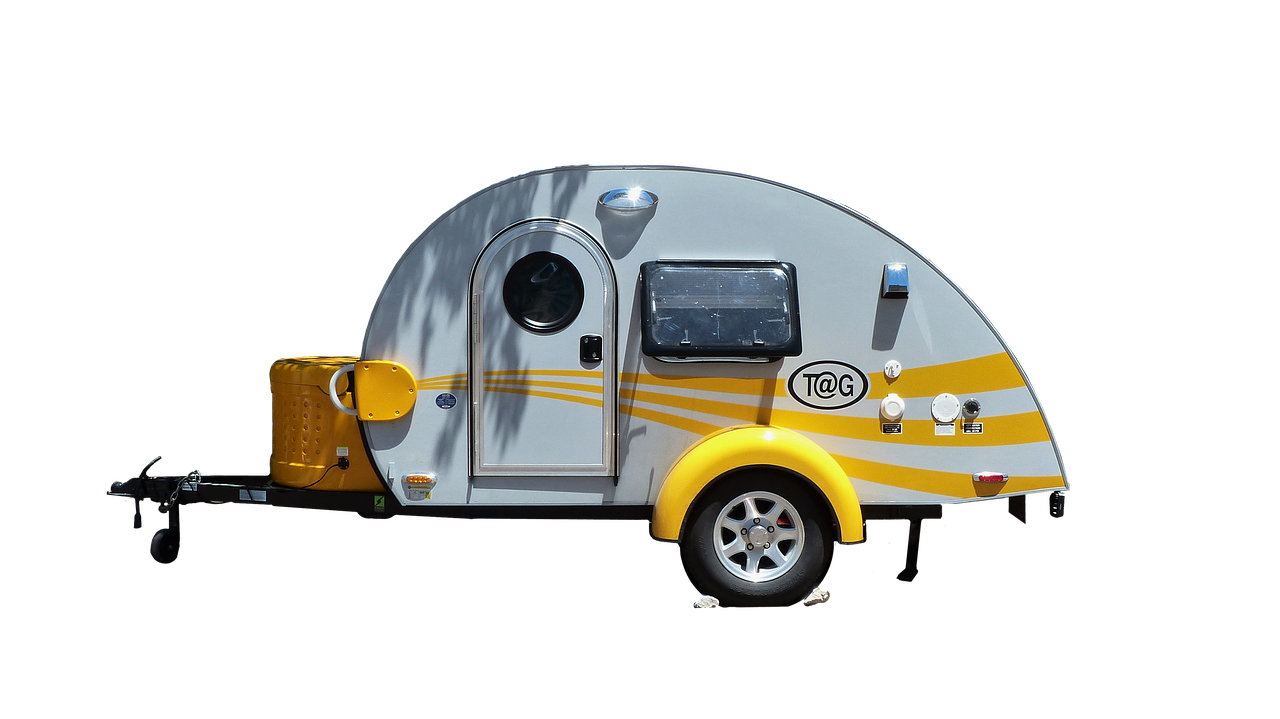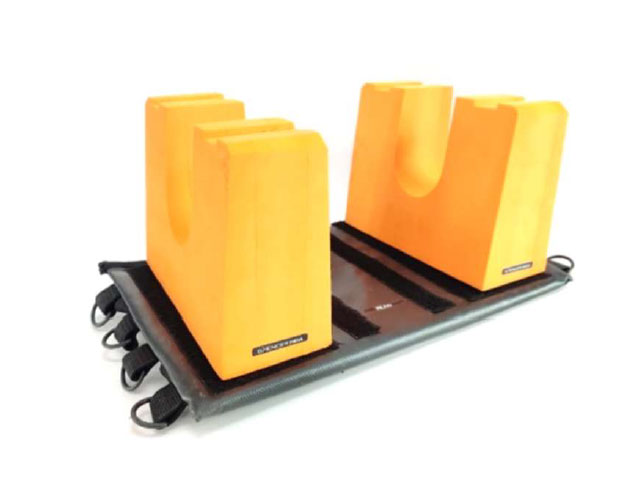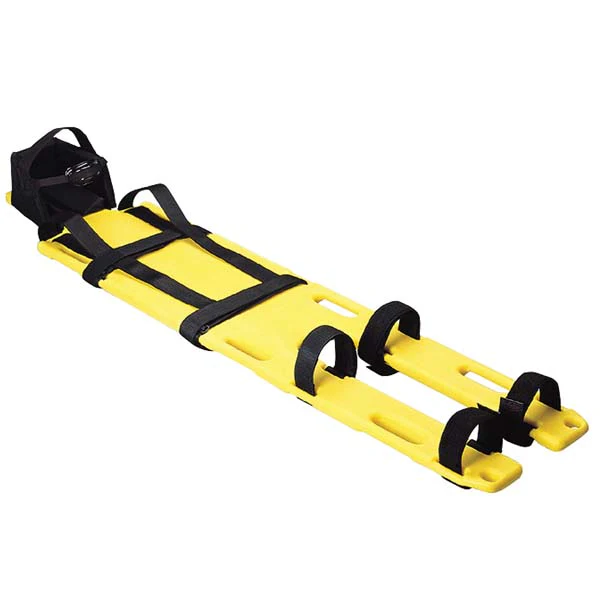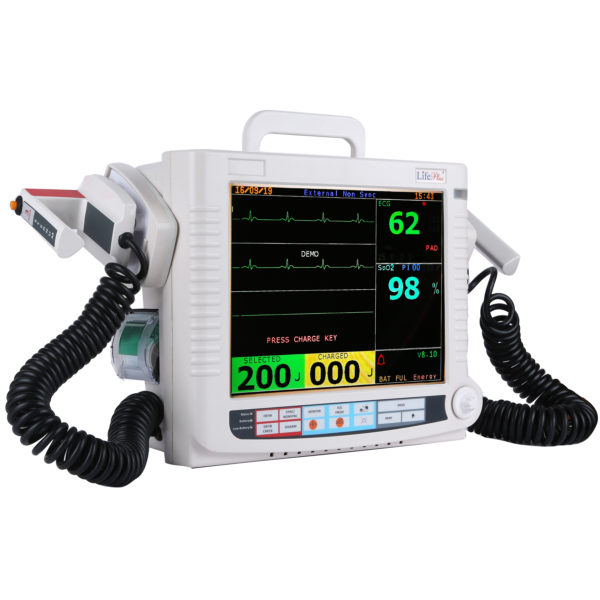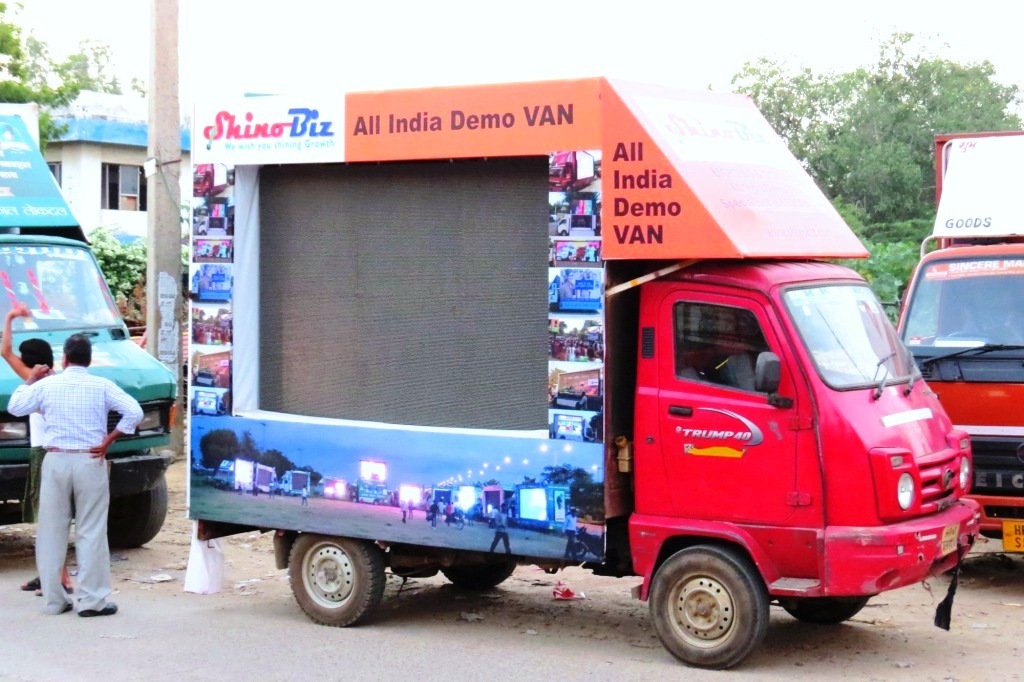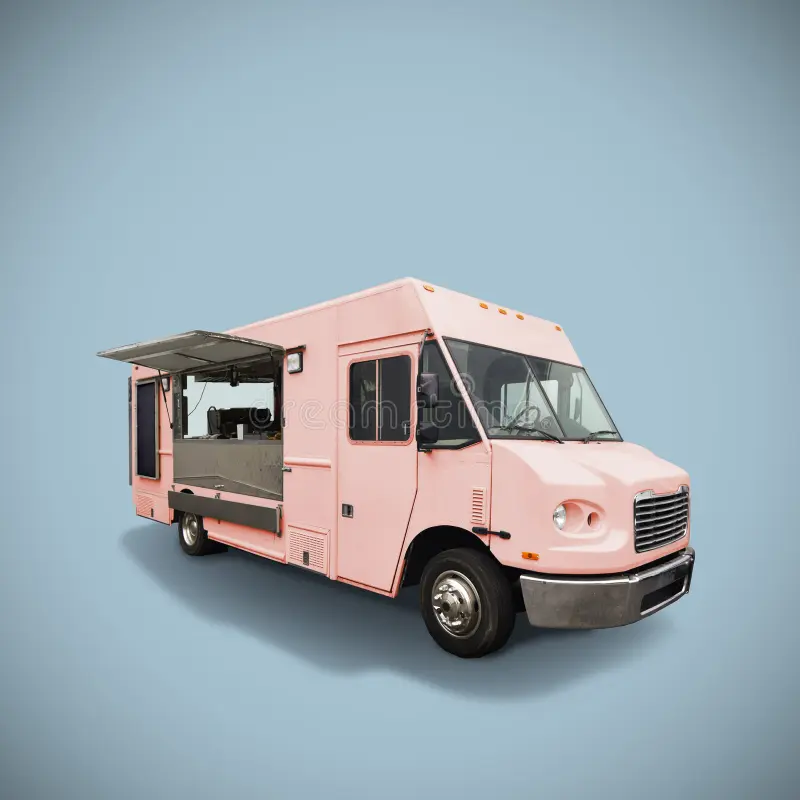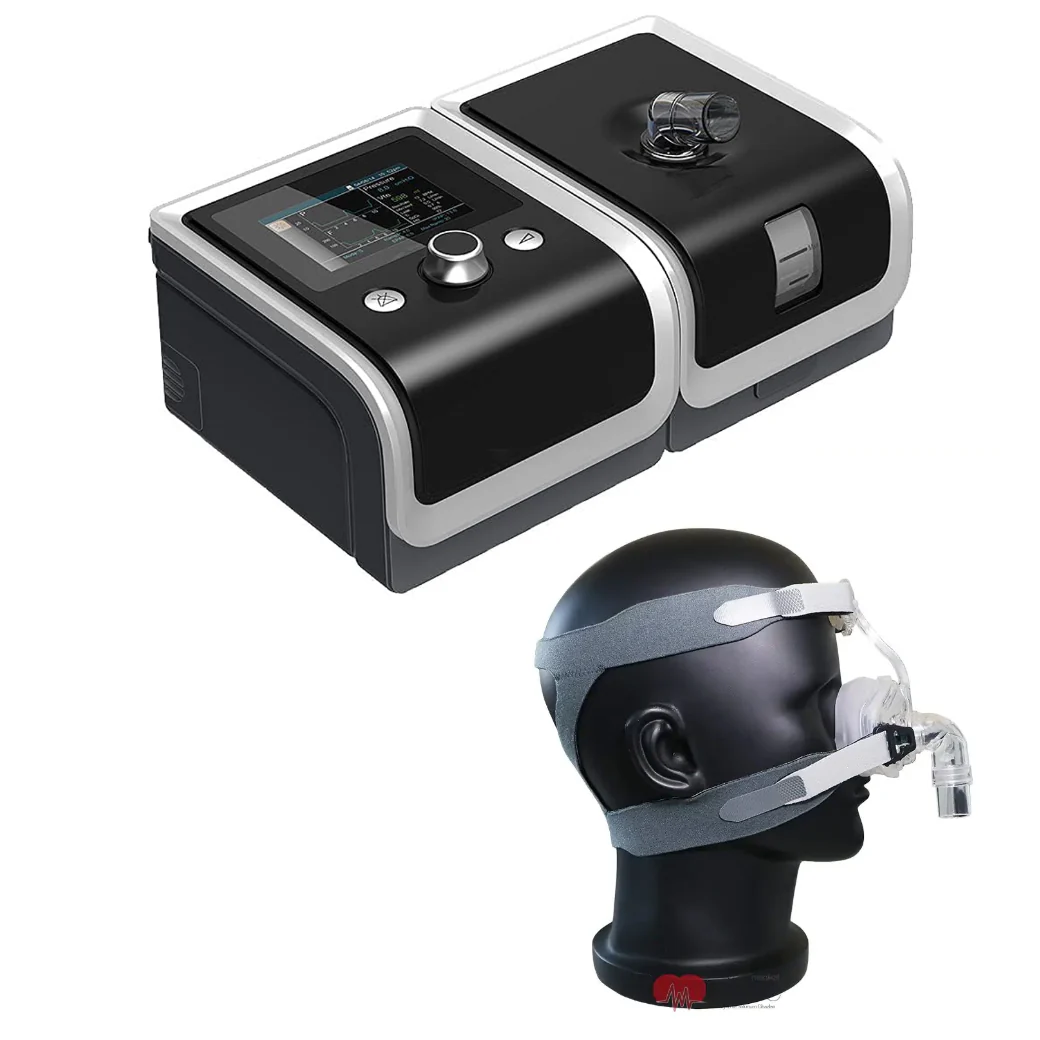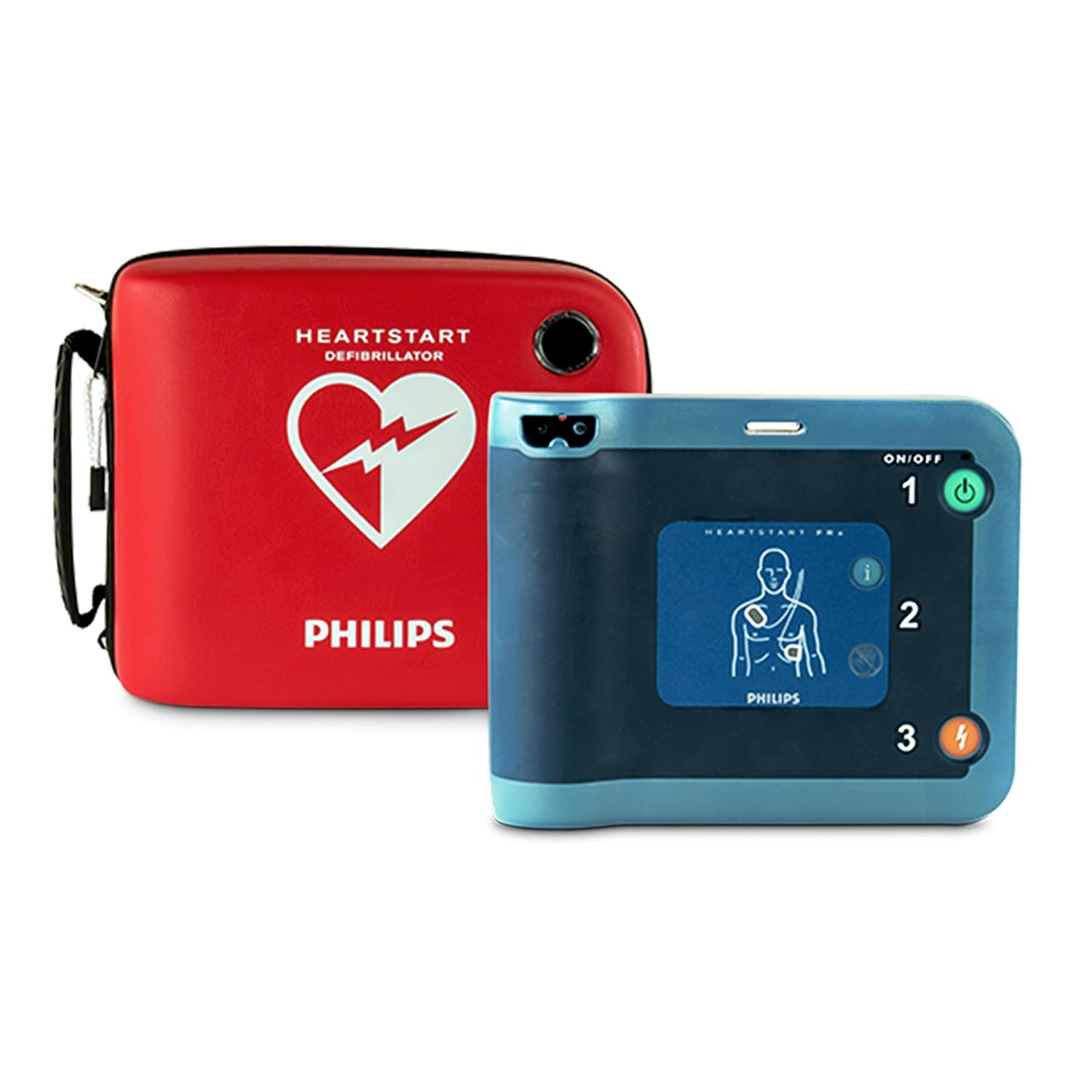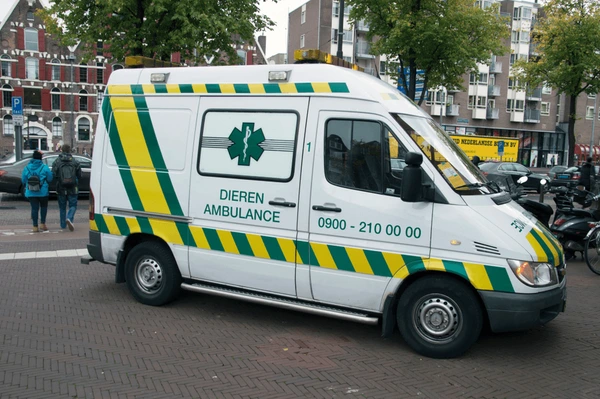A Caravan Vehicle for hospitality is a mobile unit designed to deliver various services or accommodations wherever it travels. It is equipped with features such as sleeping areas, seating, and sometimes kitchen or bathroom facilities, tailored to meet different hospitality needs. The caravan can be used for temporary lodging, dining services, or as a mobile service center for events, festivals, or remote locations. Its design includes amenities to ensure comfort and convenience, such as climate control and storage space. The vehicle is built to provide a flexible solution for offering hospitality services in diverse settings, making it ideal for reaching areas without permanent facilities or for enhancing events with on-site services.
First Aid Kit
A first aid kit is a vital portable medical device used to provide immediate care for minor injuries and emergencies. It contains a variety of essential supplies such as adhesive bandages, antiseptic wipes, gauze pads, adhesive tape, scissors, tweezers, and medical gloves. Some kits also include specialized items like burn cream, eye wash, and a thermometer. These supplies are neatly organized in a durable, often waterproof container, making it easy to quickly access what’s needed. Designed for portability, the kit is compact and equipped with a handle or strap for easy transport, making it suitable for use in homes, workplaces, vehicles, and outdoor activities. In emergencies, a first aid kit is crucial for delivering prompt and effective care, managing injuries, and stabilizing patients until professional medical help arrives.
head immobilizer
A head immobilizer is a vital emergency device used to keep a patient’s head and neck stable, particularly if there is a suspected spinal or neck injury. Made from padded, rigid materials, it consists of two side panels and a chin strap that fit securely around the head and neck. The device is positioned with the side panels on either side of the head and the chin strap fastened under the chin to prevent any movement. This immobilization is crucial for preventing further injury to the spine or neck and ensuring that the head remains in a fixed position during transport. Head immobilizers are commonly used in situations like vehicle accidents, falls, or sports injuries, often in combination with other equipment such as a spine board or vacuum mattress. They play a key role in providing stability and protection, reducing the risk of aggravating the injury while moving the patient to receive medical care.
Full Body Splints
A full-body splint is an essential emergency device used to immobilize and protect a patient’s entire body, especially after serious injuries like fractures or spinal trauma. Made from strong, rigid materials like plastic or metal, the splint is designed to support the entire body from head to feet. The patient is carefully placed on the splint, and straps are used to secure them in place, preventing any movement that could worsen their injuries. This immobilization is crucial for maintaining proper alignment and protecting injured areas during transport. Full-body splints are commonly used in situations like car accidents or severe falls, where there is a high risk of serious injury to multiple parts of the body.
Defibrillator
A defibrillator is a portable device used to treat life-threatening heart problems, such as sudden cardiac arrest. It works by delivering an electric shock to the heart through paddles or electrodes placed on the chest. This shock helps to reset the heart’s rhythm and can restore a normal heartbeat. The defibrillator is designed to be easy to use, even for people without medical training. It typically has clear instructions and voice prompts that guide the user through the steps. The device automatically analyzes the heart’s rhythm and determines if a shock is needed. If so, it will prompt the user to press a button to deliver the shock.
Campaign van
A Campaign Van is a versatile mobile unit designed to support promotional activities and outreach efforts. The van features large exterior areas for displaying advertisements, banners, or digital screens, which help attract attention and communicate key messages. Inside, it often includes space for interactive exhibits, product samples, or demonstrations to engage with the public. The van is equipped with amenities such as audiovisual equipment, seating areas, and workstations for staff to manage and coordinate campaign activities. It is designed to be easily transportable, allowing the campaign to reach various locations such as community events, trade shows, or public spaces. The flexibility and mobility of the van enable effective direct engagement with diverse audiences, making it a powerful tool for increasing visibility and impact of promotional efforts.
Food van
A Food Van is a mobile kitchen designed to serve food in various locations. It includes cooking equipment such as stoves, ovens, and grills, along with storage for ingredients and refrigeration units to keep food fresh. The van is also equipped with serving counters, sinks for washing, and sometimes a small preparation area to handle food safely. This mobile kitchen allows for the preparation and serving of meals at events, festivals, or remote sites where permanent food facilities are not available. It is designed to be efficient and hygienic, ensuring that food is cooked and served under safe conditions. The van is also built to be easily maneuvered to different locations, making it a practical solution for delivering fresh food and beverages wherever it’s needed.
Bipap and C-pap
CPAP (Continuous Positive Airway Pressure) and BiPAP (Bilevel Positive Airway Pressure) are portable medical devices used to assist with breathing difficulties. CPAP provides a steady stream of air through a mask to keep the airways open, which is especially helpful for individuals with obstructive sleep apnea. It maintains a single, continuous pressure throughout use, ensuring the airway remains unobstructed during sleep. BiPAP, on the other hand, offers two levels of air pressure: a higher pressure for inhaling and a lower pressure for exhaling. This dual-pressure system makes breathing easier, particularly for patients with more complex respiratory conditions like chronic obstructive pulmonary disease (COPD) or severe sleep apnea. BiPAP adjusts the pressure between inhalation and exhalation to enhance comfort and breathing efficiency.
Automated External Defibrillator
An Automated External Defibrillator (AED) is a portable device designed to assist individuals experiencing sudden cardiac arrest. It operates by delivering an electric shock to the heart, which helps to restore a normal heartbeat. The AED is user-friendly, featuring clear instructions and voice prompts that guide users through each step, making it accessible even to those without medical training. Once the sticky pads (electrodes) are attached to the person’s chest, the AED automatically analyzes the heart’s rhythm to determine if a shock is needed. If a shock is necessary, the device will prompt the user to press a button to deliver it. Compact and easy to use, AEDs are found in public places and medical settings, providing a crucial opportunity to save lives by restoring a normal heart rhythm before professional medical help arrives.
Animal Ambulance
An Animal Ambulance is a specialized vehicle designed to handle emergency medical situations for animals. It features a secure, climate-controlled interior to keep animals comfortable during transport. The ambulance includes equipment such as stretchers or cages specifically designed for different types of animals, as well as essential medical supplies like oxygen, IV fluids, and first aid kits. Inside, there is space for veterinary staff to provide immediate care and monitor the animal’s condition while en route to a veterinary clinic or animal hospital. The vehicle may also have features like adjustable lighting and a quiet, smooth ride to minimize stress for the animals. Its design ensures that animals receive urgent care and a safe, comfortable transport experience, making it a crucial resource for animal health emergencies and urgent veterinary services.

